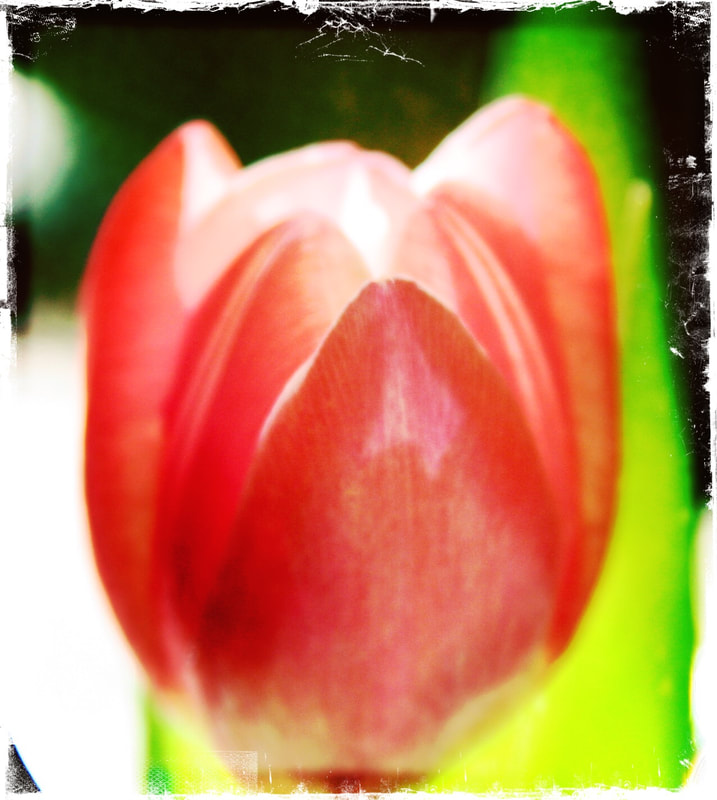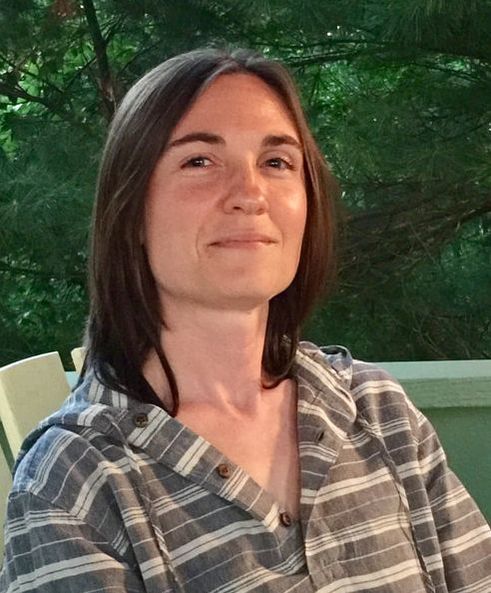ASSAY: A JOURNAL OF NONFICTION STUDIES
5.1
5.1
|
|
Emily W. Blacker’s work has appeared in Under the Gum Tree, is forthcoming in Fourth Genre, has received honorable mention in Glimmer Train and was nominated for the 2018 AWP Intro Journals Project. She holds a BA in English with a concentration in creative writing from Middlebury College, an MA in English education from Columbia University’s Teachers College and an MFA in creative writing from Vermont College of Fine Arts. She spent years teaching high school English to students with learning disabilities and is currently an English tutor and learning specialist in New York City. She is working on an essay collection.
|
Related Works
|
Kelly Harwood
Then and Now: A Study of Time Control in Scott Russell Sanders' "Under the Influence" Assay 1.2 |

